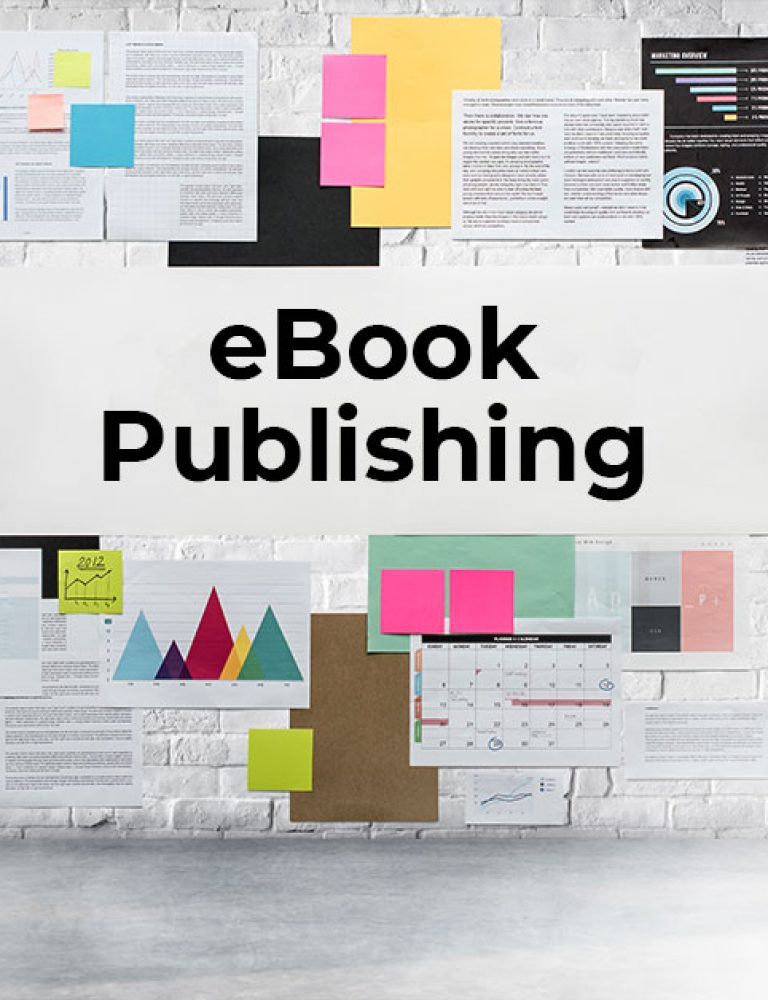Increase in Textbook Prices Over the Years
It is believed that textbook prices have skyrocketed over the last few years. According to NBC’s review of the Bureau of Labor Statistics (BLS) data, textbook prices have risen over 3 times the rate of inflation from January 1977 to June 2015, a whopping 1,041% increase. With the big 5 controlling most of the textbook market, they are the ones who end up determining a standard price range to avoid further competition.
And with school authorities deciding which eBooks to use for the academic year, students are left with little to no choice but to comply with their institute’s demands. These recommended textbooks are often in a higher price range. But there’s nothing that students or parents can do to avoid this. After all, textbooks are a must in classrooms.
When textbook prices started spiraling out of control, so much so that students and institutes started to feel the pinch, and publishers also experienced diminishing sales, they decided to go digital. Smartphones, tablets, and laptops had become a permanent requirement along with using technology in the classrooms by this time.
By leveraging the digital medium, textbook publishers decided to fight the monopoly and try to provide reasonably priced books. Publishers resorted to this move with the sole ambition of survival in the publishing industry.
Why are Textbook Prices Rising?
So, what are the factors that are causing publishers to increase the price of their textbooks year after year. The rate at which the cost of college textbooks has increased is higher than the rate of inflation, surpassing that of the housing market and the cost of health care. Some might say that inflation is the cause of rising prices. But these are secondary causes.
Here are some factors leading to the increase in textbook prices:
1. Decrease in State Funding:
The government has been scaling back on the funding on college education since the great recession of 2008. Post the recession, states cut inflation-adjusted spending on K–12 education by approximately 4% between 2008 and 2013. As per the latest annual survey of state spending by the State Higher Education Executive Officers (SHEEO), state spending per student has declined at public colleges and universities by around 8%. The State appropriations per full-time student have fallen from an inflation-adjusted $8,489 in 2007 to $7,642 in 2017.
On the other hand, per-student tuition revenue has increased by 96%. Now post-secondary tuition fee provides more revenue than public appropriations. The overall state funding for public two- and four-year colleges in the 2017 school year was nearly $9 billion below its 2008 level, after adjusting for inflation. This decrease in state funds have compelled educational institutes to prescribe high priced books, so that they can earn from their bookstore contracts.
2. New Amenities that Adds to the Tuition Fee:
Institutes and universities today have many more amenities and facilities than what were available a couple of decades ago. World-class sports building, gymnasiums, state-of-the-art laboratories and many more such infrastructural developments for a holistic development of student is being planned and created.
But, when it comes to funding these structures, educational institutes rely heavily on sponsorships, as the government is not going to pay for an Olympic-size pool in the university. This adds up to the tuition fees. Spending a huge sum for a two year or four year college leaves students with less funds to support their educational requirements.
3. Easy Availability of Student Loans:
The increase in tuition fees and the corresponding increase in the price of textbooks compelled students to take education loans. Education loans are easily available, and hence assuming that students can anyway pay for the books with their loan funds, publishers refuse to bring down the textbook prices.
A lot of students owe crippling debts to the state and are still struggling to pay off their student loan even after getting a job. Some of them just don’t bother to pay back, adding to the debt. There are more than 44 million borrowers who collectively owe $1.5 trillion in student loan debt in the U.S.
4. New Editions of Textbooks:
Publishers are aware of students resorting to used books to reduce spending on new textbooks every semester. As a result of this, publishers lose out on their income. With so many used books in circulation, it becomes difficult for publishers to sell new textbooks.
So, they started releasing new editions every few years to make the previous books obsolete. A smart move indeed. But, again, students have to bear the additional expenses. The average American student spends around $1,200 every year on textbooks and class supplies.
5. Faculty Recommendations:
Many times, students do not have a say in which books to purchase. The faculty recommends a list of books for the term and all students are required to have those books. Now with new editions coming up every few years, some faculty members want all the students to have the same book.
So, using an old edition might not work, although it could save some money for the student. At times, these books are heavily priced, forcing students to attend classes without textbooks. As per a study, 65% of students have skipped buying required textbooks at some point.
If you notice, all the above-mentioned points are somehow interlinked. This link needs to break, only then can students have a better opportunity at buying textbooks. So how do publishers break the wheel and regulate the prices of textbooks. One plausible solution to this problem is the introduction of digital textbooks.
While there’s nothing a student can do to make the state allocate more funds or reduce the tuition fee, they can at least have affordable educational materials with the help of digital textbooks. Thus, replacing expensive textbooks with technology in the classroom is the right thing to do in the current scenario.
Related: Are Digital Textbooks More Effective for K-12 Curriculum
Related: Digital Publishing Textbooks | Reasons Students Prefer Digital Reading
Here’s how you can replace these expensive textbooks with technology in the classroom:
Adopt a Subscription Model
A subscription model is like Netflix for books. Publishers allow students to opt for monthly or semester-wise subscriptions, where students can get eBooks for less than half the price of a paperback textbook. Cengage recently introduced a new subscription model that gives students access to all of the company’s digital course materials for a semester or an year.
Students can access more than 20,000 course materials— courseware, eBooks, online homework and study tools, across more than 70 disciplines and 675 courses. Similarly, Pearson has made some of its textbooks available for rent through Chegg.
A subscription model is any day more affordable than buying new textbooks. The only drawback is that while students could recover some amount by reselling the bought books, they can no longer do that. but they do get to save money through this model.
Whitepaper:
Can the US Higher Education Publishing Industry Leverage A Subscription Model
Use eTextbook Rentals
Rental websites allow students to rent books for a limited period of time. Apart from rental services, these publishers can earn revenue through banner ads, and also by offering additional learning resources. Publishers can curate online courses which can be made available to students for a monthly fee. Some publishers offer online courses that are bundled with additional online supplements, increasing the cost of the package.
But the law has made it mandatory for them to sell it individually if the student does not wish to buy it as a package. Apart from these bundles there are also digital textbooks which have access codes, these are again expensive and cannot be reused as the access codes can only be used once for a limited time. After the semester students cant resell the book.
Related: Will eBooks Replace Physical Textbooks in Higher Education
Use Open Source eBooks
These are basically free. If educational institutes start adopting OERs in classrooms, students will be able to save a lot of money that would otherwise be spent on purchasing textbooks and rental subscriptions. Although rentals are a good option approved by educational institutes, OER is yet to be widely accepted by educational institutes.
It would be a huge relief for students to use these free learning resources instead of shelling out money on learning materials. The teachers can customize an OER and include modules that they feel would benefit the students. This way, students get to access unlimited resources without spending a dime.
Provide Access to K-12 Libraries
Instead of buying ten different supplementary learning materials for different subjects, students can make use of K-12 libraries, where all learning resources are stored. K-12 content libraries usually contain thousands of learning resources like videos, short knowledge nuggets etc. Students can find everything they need at one place. And it is cost-effective as it’s an all-in-one repository.
Related: Will eBooks Change K-12 Education
Conclusion:
The price of textbooks may or may not decrease over time, but until then, educational institutes and publishers must consider the financial burden being put on students. By providing alternate means of acquiring learning resources such as OERs, K-12 libraries etc., students can hope to get the books required for an academic year.
Replacing expensive textbooks with technology in the classroom will surely benefit students in the long run, as it is cost-efficient and enhances the learning experience.
Related: 10 Point Checklist for Publishing Higher Education Textbooks
DISCOVER HOW AN INTERACTIVE EBOOK PUBLISHING & DELIVERY PLATFORM CAN HELP YOU
Kitaboo is a cloud-based content platform to create-publish & distribute interactive mobile-ready ebooks.
You May Also Like








